Susan Schulten - Mapping the Nation: History and Cartography in Nineteenth-Century America
Here you can read online Susan Schulten - Mapping the Nation: History and Cartography in Nineteenth-Century America full text of the book (entire story) in english for free. Download pdf and epub, get meaning, cover and reviews about this ebook. City: Chicago, year: 2012, publisher: University of Chicago Press, genre: History / Science. Description of the work, (preface) as well as reviews are available. Best literature library LitArk.com created for fans of good reading and offers a wide selection of genres:
Romance novel
Science fiction
Adventure
Detective
Science
History
Home and family
Prose
Art
Politics
Computer
Non-fiction
Religion
Business
Children
Humor
Choose a favorite category and find really read worthwhile books. Enjoy immersion in the world of imagination, feel the emotions of the characters or learn something new for yourself, make an fascinating discovery.
- Book:Mapping the Nation: History and Cartography in Nineteenth-Century America
- Author:
- Publisher:University of Chicago Press
- Genre:
- Year:2012
- City:Chicago
- Rating:4 / 5
- Favourites:Add to favourites
- Your mark:
Mapping the Nation: History and Cartography in Nineteenth-Century America: summary, description and annotation
We offer to read an annotation, description, summary or preface (depends on what the author of the book "Mapping the Nation: History and Cartography in Nineteenth-Century America" wrote himself). If you haven't found the necessary information about the book — write in the comments, we will try to find it.
In the nineteenth century, Americans began to use maps in radically new ways. For the first time, medical men mapped diseases to understand and prevent epidemics, natural scientists mapped climate and rainfall to uncover weather patterns, educators mapped the past to foster national loyalty among students, and Northerners mapped slavery to assess the power of the South. After the Civil War, federal agencies embraced statistical and thematic mapping in order to profile the ethnic, racial, economic, moral, and physical attributes of a reunified nation. By the end of the century, Congress had authorized a national archive of maps, an explicit recognition that old maps were not relics to be discarded but unique records of the nations past.
All of these experiments involved the realization that maps were not just illustrations of data, but visual tools that were uniquely equipped to convey complex ideas and information. In Mapping the Nation, Susan Schulten charts how maps of epidemic disease, slavery, census statistics, the environment, and the past demonstrated the analytical potential of cartography, and in the process transformed the very meaning of a map.
Today, statistical and thematic maps are so ubiquitous that we take for granted that data will be arranged cartographically. Whether for urban planning, public health, marketing, or political strategy, maps have become everyday tools of social organization, governance, and economics. The world we inhabitsaturated with maps and graphic informationgrew out of this sea change in spatial thought and representation in the nineteenth century, when Americans learned to see themselves and their nation in new dimensions.
Susan Schulten: author's other books
Who wrote Mapping the Nation: History and Cartography in Nineteenth-Century America? Find out the surname, the name of the author of the book and a list of all author's works by series.

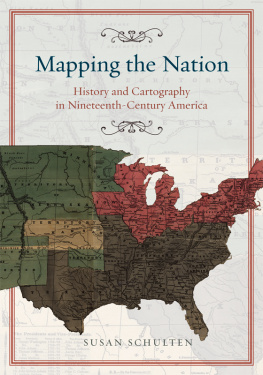
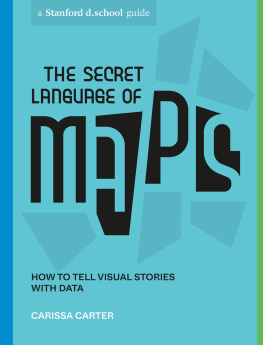
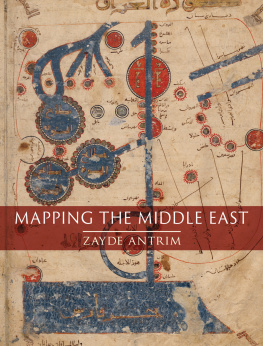
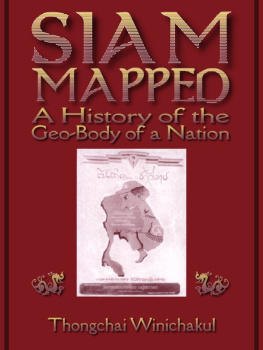


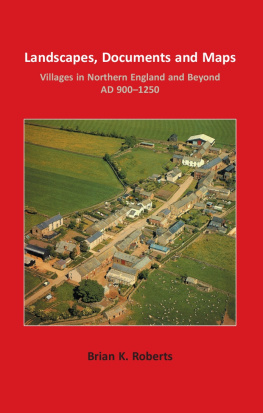

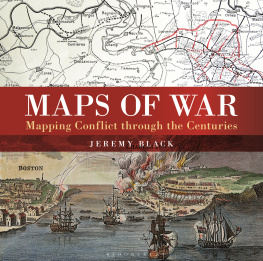


 This paper meets the requirements of ANSI/NISO Z39.481992 (Permanence of Paper).
This paper meets the requirements of ANSI/NISO Z39.481992 (Permanence of Paper).


